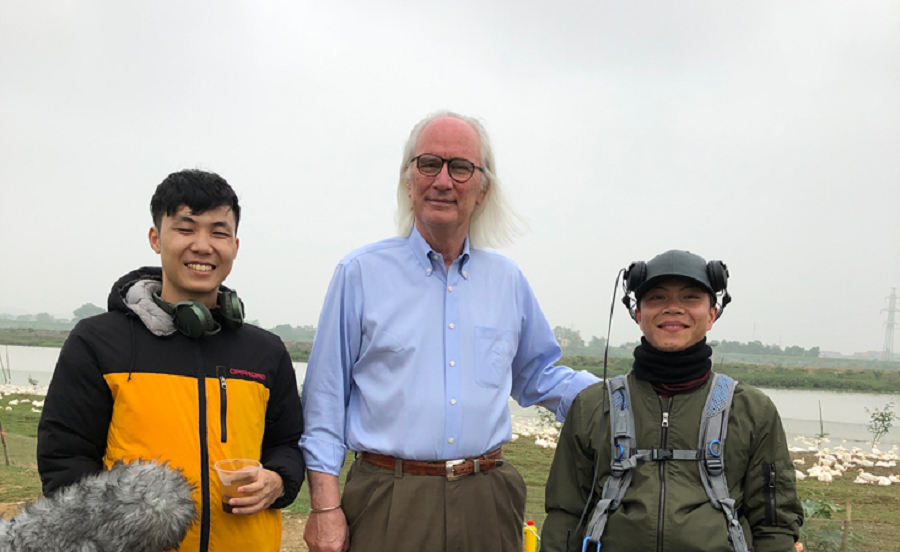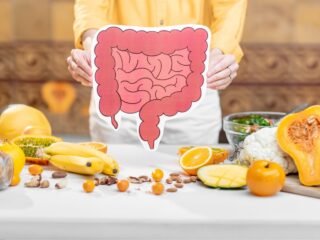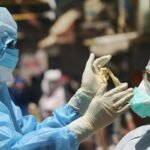Dennis Carroll doesn’t mean to sound callous when he says the coronavirus outbreak was predictable. And he doesn’t. He sounds sympathetic to people frightened by the outbreak. He has been an eyewitness to people around the world suffering from similar viruses. Most of all, Carroll sounds authoritative.
For decades, Carroll has been a leading voice about the threat of zoonotic spillover, the transmission of pathogens from nonhuman animals to us. Scientists are confident the current outbreak, which began in Wuhan, China, stemmed from a virus inherent in bats. In 2009, after years of studying infectious diseases at the Centers for Disease Control and Prevention, and the United States Agency for International Development (USAID), Carroll formed a USAID program called PREDICT, where he guided trailblazing research into viruses hiding, and waiting to emerge, in animals around the world.
“Dennis is a visionary,” says Christine K. Johnson, an epidemiologist at the One Health Institute at the University of California, Davis, where she is a professor in the School of Veterinary Medicine. “He took the reactive approach to infectious diseases and turned it on its head. He said, ‘We’re going to work on a proactive approach to help countries prepare for the emergence of infectious diseases.’” Johnson, an investigator at PREDICT for 10 years, says Carroll was a pioneer in looking beyond livestock. “Dennis saw that emerging infectious diseases, far and wide, have mostly come from wildlife, and there needed to be investment in research in the wildlife sector.” For a decade, PREDICT received annual federal funding of $15 to $20 million. In 2019, its funding wasn’t renewed. Carroll left USAID and formed a new program, the Global Virome Project, “to build on PREDICT’s scientific insights and experience,” he says.
In conversation, scientific insights, based on his experience, emerge from Carroll with a sting, whether he’s talking about the biology of viruses or the stagnant response to the outbreak from the White House. I began by asking about the source of the outbreak.
How did the current coronavirus pass from a bat to humans?
We don’t know specifically, but presumably the virus was being shed by the animal in the market, and humans were proximal. Or it could have been that people were directly handling the animal. There may have been a secondary source. In the 2002 SARS outbreak in China, we didn’t see people’s direct exposure to bats as the source of infection. There was a secondary source, a wildlife animal, the civet cat.
Could the transmission have resulted from people eating the wildlife?
Typically the preparation of the animal is where you have exposure. By the time it’s cooked and prepared, the virus would have been dead. It’s more common that transmission is through the animal shedding or people slaughtering the animal, when they’re exposed to bodily fluids, blood, and secretions. With the avian influenza from poultry, a lot of the exposure and infections go back to the preparation of chicken for cooking. In Egypt, for instance, when you look at who was infected, more common than not it was a woman, directly responsible for slaughtering and preparing the animal.
Read More Here.







